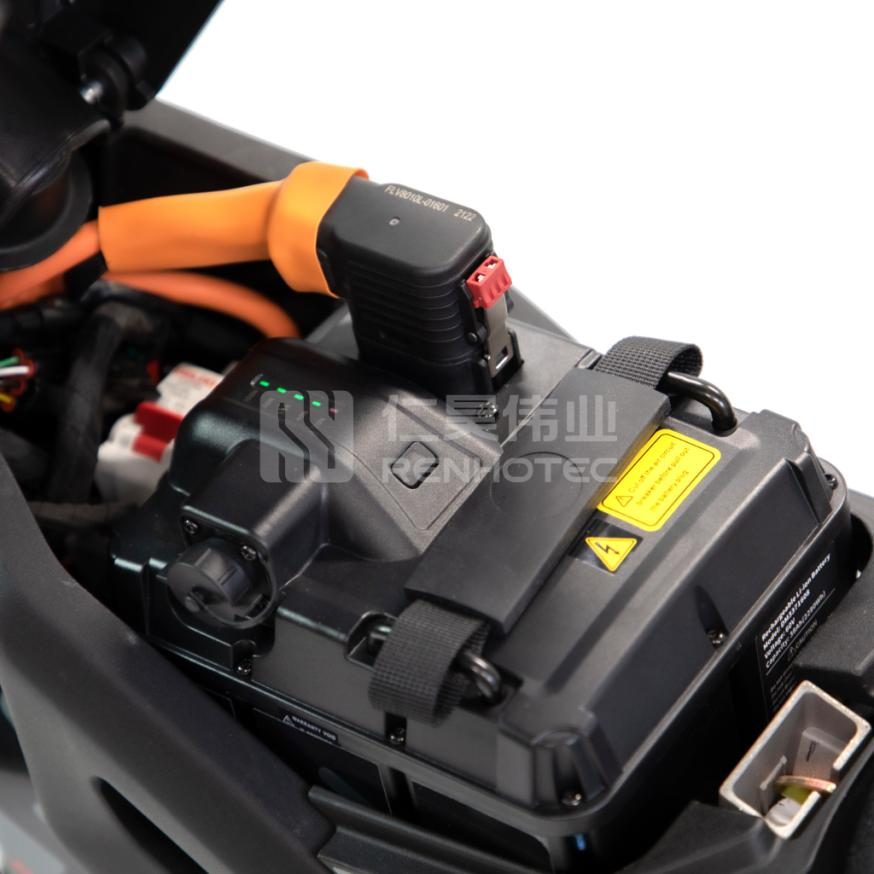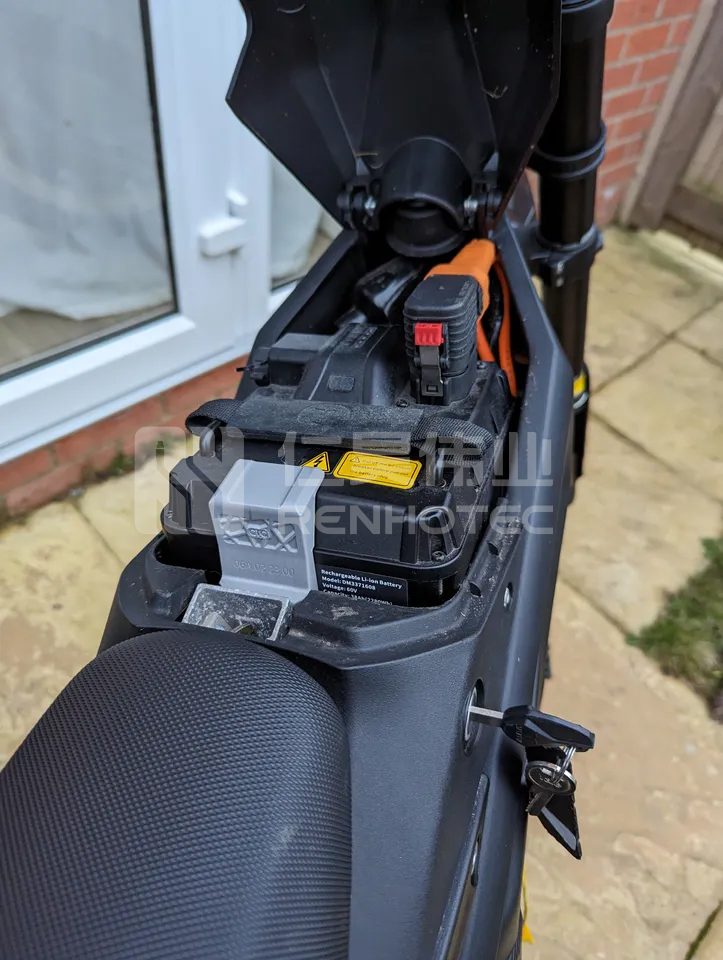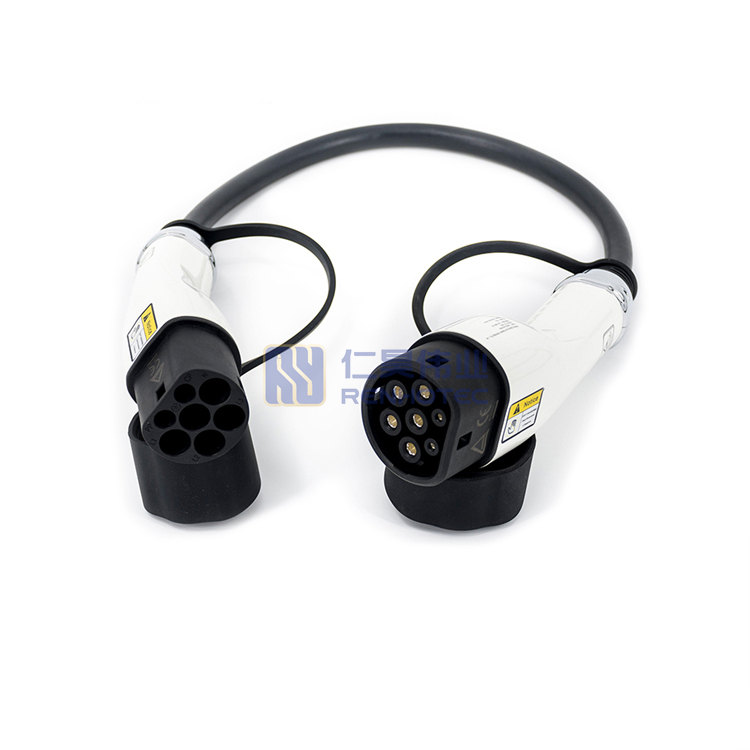Hybrid connectors are a key piece in the battery swap setups for low-speed rides like electric bikes, tricycles, and little quadricycles. These systems let you swap out a dead battery for a charged one in a flash, which you’ll see a lot in shared e-vehicles, delivery rigs, and similar setups. The connectors have to be solid, simple to use, and able to handle water and dust, all while standing up to constant plugging and unplugging.

Below is a detailed introduction to hybrid connectors in low-speed vehicle battery swap systems:
Definition of Hybrid Connectors
Hybrid connectors are clever little designs that bundle power, signals, and communication into one handy package. They can push electricity, carry control signals, and handle data all at once. That means less wiring mess to deal with, plus they help the whole system work together better. In low-speed vehicle battery swaps, they’re the go-between for the battery pack and the vehicle’s main controls, making sure power flows, the battery’s status gets tracked, and communication stays open.
Functional Requirements of Hybrid Connectors
In low-speed vehicle battery swap systems, hybrid connectors need to meet the following functional requirements:
- Power Delivery: They’ve got to push a good amount of current from the battery pack to keep the vehicle moving.
- Signal Passing: They send info like voltage, current, and temperature to the Battery Management System (BMS) so it can keep everything running right.
- Data Connection: They link up the battery and vehicle for real-time updates—using stuff like CAN bus or RS485—to stay on top of what’s happening.
- Easy Swapping: With all the plugging and unplugging these systems see, the connectors need to be tough and straightforward to use.
- Weather Resistance: Since these vehicles are often outside, the connectors have to fend off water and dust—think IP67 or IP68 levels.
- Safety Features: They’re built to avoid mix-ups, shorts, or sparks, making sure the swap goes off without a hitch.
Design Features of Hybrid Connectors
To meet the needs of low-speed vehicle battery swap systems, hybrid connectors typically have the following design features:
- Modular Design: Integrate power, signal, and communication function modules into a single connector, simplifying installation and maintenance.
- High Current-Carrying Capacity: Power terminals use high-conductivity materials (e.g., copper alloy) to support high-current transmission (typically 50A-200A).
- Waterproof Sealing: Use silicone sealing rings, waterproof housings, and other designs to ensure reliability in humid environments.
- Guiding and Locking Mechanisms: Include guiding slots and locking mechanisms to ensure alignment and stability during plugging and unplugging, preventing loosening.
- Misplugging Prevention: Use unique interface shapes or coding designs to prevent incorrect connections.
- Durability: Use high-strength materials to support tens of thousands of plugging and unplugging operations.
Application Scenarios of Hybrid Connectors


In low-speed vehicle battery swap systems, hybrid connectors are mainly used in the following scenarios:
- Connection Between Battery Pack and Vehicle: During the battery swap process, hybrid connectors are used to quickly connect the battery pack to the vehicle’s main control system.
- Connection Between Charging Pile and Battery Pack: In charging stations, hybrid connectors are used to connect charging piles to battery packs for fast charging.
- Connection Between Battery Pack and BMS: Hybrid connectors transmit battery status information and communication signals to ensure the proper functioning of the Battery Management System.
Selection Recommendations for Hybrid Connectors
When selecting hybrid connectors, the following factors should be considered:
Current and Voltage Requirements: Choose connectors with appropriate current and voltage ratings based on the power requirements of the battery pack and vehicle.
Waterproof Rating: Select connectors with IP67 or IP68 ratings based on the usage environment.
Plugging and Unplugging Lifespan: Choose connectors that support high-frequency plugging and unplugging .
Communication Protocol: Select connectors that support the required communication protocols (e.g., CAN, RS485) based on the Battery Management System (BMS) requirements.
Installation Method: Choose connectors with installation methods (e.g., panel mounting, cable mounting) suitable for the vehicle layout.
Common Issues and Solutions
- Poor Contact: Frequent plugging and unplugging may cause poor contact. The solution is to choose high-quality terminals and plating materials (e.g., gold or silver plating) and perform regular maintenance.
- Waterproofing Failure: Aging or damaged sealing rings may lead to waterproofing failure. The solution is to regularly inspect and replace sealing rings.
- Difficulty in Plugging and Unplugging: Poorly designed guiding structures may cause difficulty in plugging and unplugging. The solution is to choose connectors with guiding slots and locking mechanisms.
Mainstream Hybrid Connector Brands in the Market
Below are some commonly used hybrid connector brands in low-speed vehicle battery swap systems:
TE Connectivity: Provides high-performance hybrid connectors that support high currents and complex signal transmission.
Amphenol: Focuses on waterproof and durable hybrid connectors suitable for outdoor environments.
Molex: Offers modular hybrid connectors that support multiple communication protocols.
JST: Known for its cost-effectiveness and reliability, suitable for medium and low-power applications.
Renhotec: We focus on but are not limited to the Hybrid connectors, Renhotec is a manufacturer with 17 years of experience in connectors and wiring harness, dedicated to providing customers with one-stop solutions services. Contact us: [email protected], 0086-027-81296316, 0086-18086610187.
Future Development Trends
○ Higher Integration: Future hybrid connectors will integrate more functions (e.g., high-voltage fast charging, wireless communication) to further improve system efficiency.
○ Intelligentization: Connectors will integrate sensors and smart chips to enable real-time status monitoring and fault diagnosis.
○ Lightweighting: Use new materials and processes to reduce connector weight, meeting the lightweighting needs of low-speed vehicles.
By properly selecting and designing hybrid connectors, the reliability, safety, and user experience of low-speed vehicle battery swap systems can be significantly enhanced, providing a more efficient energy solution for electric mobility.
Need more tips? Check out our Hybrid Connector Solutions for all expertise levels!

